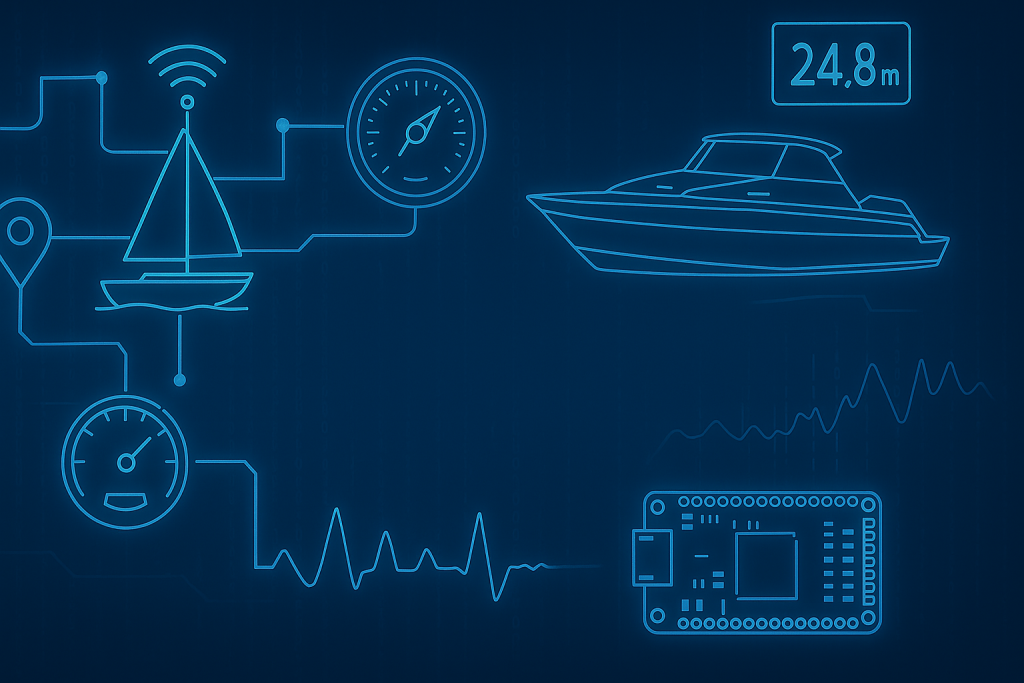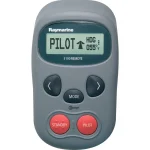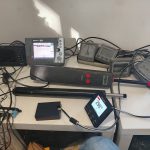Your cart is currently empty!


If your boat still relies on legacy instrument displays such as the ST50, ST60, ST40 (and other classic SeaTalk-based instruments like the ST80, ST290, Tridata, and Wind displays), then you know how reliable these units have been. However, they were never designed for the wireless, app-based world we live in today. With the ST Wireless gateway, you can unlock the data from your existing SeaTalk (SeaTalk1/SeaTalk) instrument network and broadcast it wirelessly to tablets, smartphones, onboard computers and modern apps—keeping the proven instruments but gaining modern smart-boat features.
Legacy systems like the ST50, ST60 and ST40 are fantastic for what they were designed to do: speed/log/depth/wind at the helm, sturdy hardware, familiar interface, and full compatibility with Raymarine’s SeaTalk bus.
But owners often face issues when they want to:
By adding a wireless gateway like ST Wireless, you can bridge the best of both worlds: keep your trusted ST-instruments, and open the door to modern data access.




With the wireless gateway in place, you can choose from a variety of apps that support instrument-data display, logging and sharing. Many of them support SeaTalk data translation, and with the gateway broadcasting your data, you’ll be able to feed them seamlessly. For example:
The ST50, ST60, ST40, ST80 and ST290 instrument lines are time-tested. Rather than discard them, a smart owner uses them and layers on modern connectivity. Many boat owners resist the full-replacement path because their dashboards are still fully functional. The wireless gateway approach preserves investment and lowers upgrade risk.
When selecting a wireless gateway to bridge older instrument networks, look for:






433MHz remote Android sailing app integration autohelm remote Bluetooth autopilot control boat electronics custom remote mapping ESP32 marine controller Firmware Update iPad boat instruments Legacy SeaTalk instruments marine electronics N2K Nauti-Control firmware update Nauti-Control mobile app Nauti-Control N2K Wireless Nauti-Control v2.0.3 Nauti-Control v2.0.4 Nauti-Control wear app Nauti-Control Wireless V1 NMEA2000 WiFi gateway OpenCPN WiFi radio debugging Raymarine Raymarine autopilot wireless Raymarine instrument Wi-Fi raymarine remote Raymarine ST series raymarmine autopilot remote Seatalk SeaTalk compatible apps SeaTalk instrument upgrade SeaTalk NG WiFi Seatalk Remote SeaTalk retrofit solution Seatalk SImulator SeaTalk to Wi-Fi gateway SeaTalk wireless bridge Setup Signal K gateway ST50 ST60 ST40 upgrade ST80 / ST290 instruments ST Wireless wireless autopilot control wireless boat data Wireless SeaTalk interface
Leave a Reply
You must be logged in to post a comment.